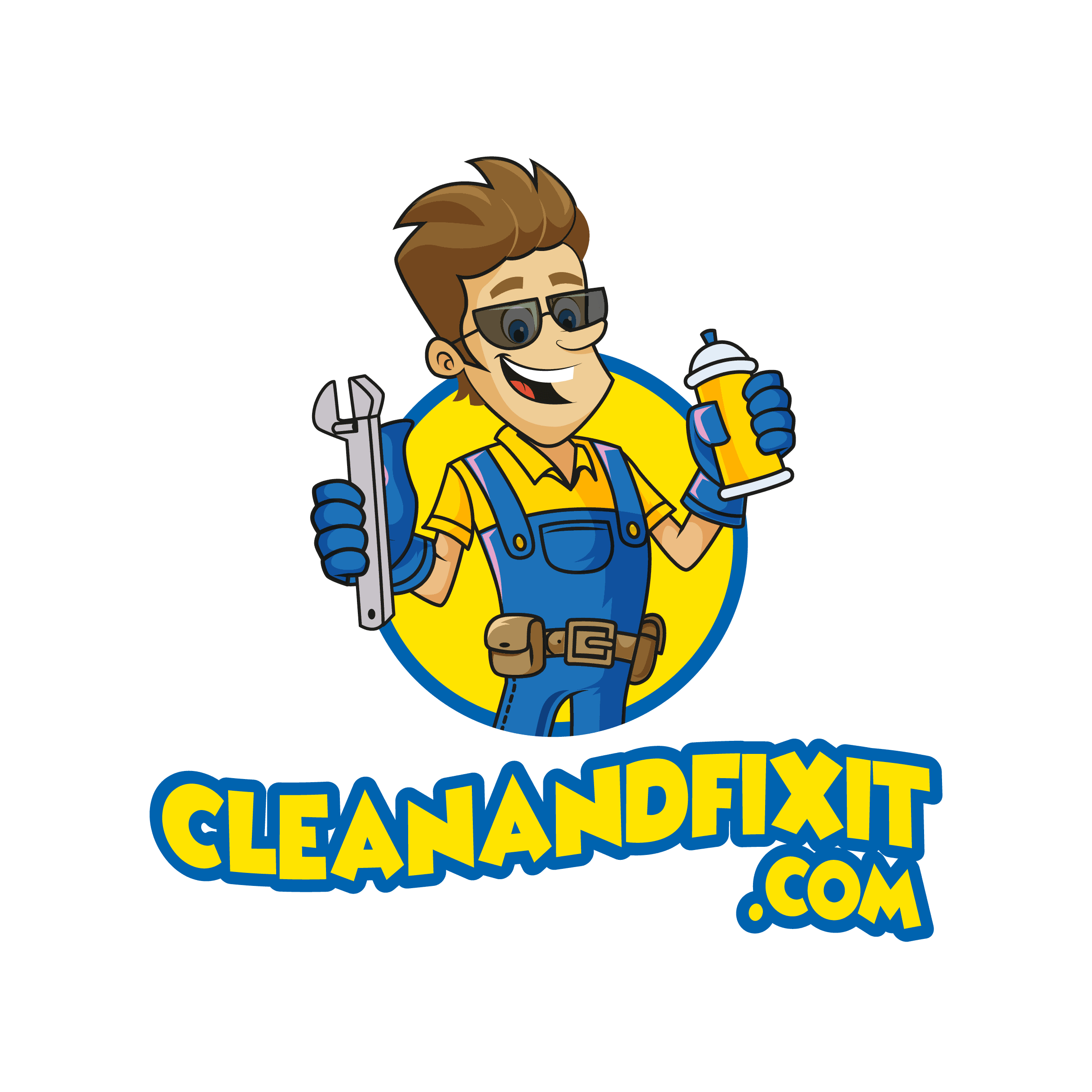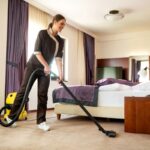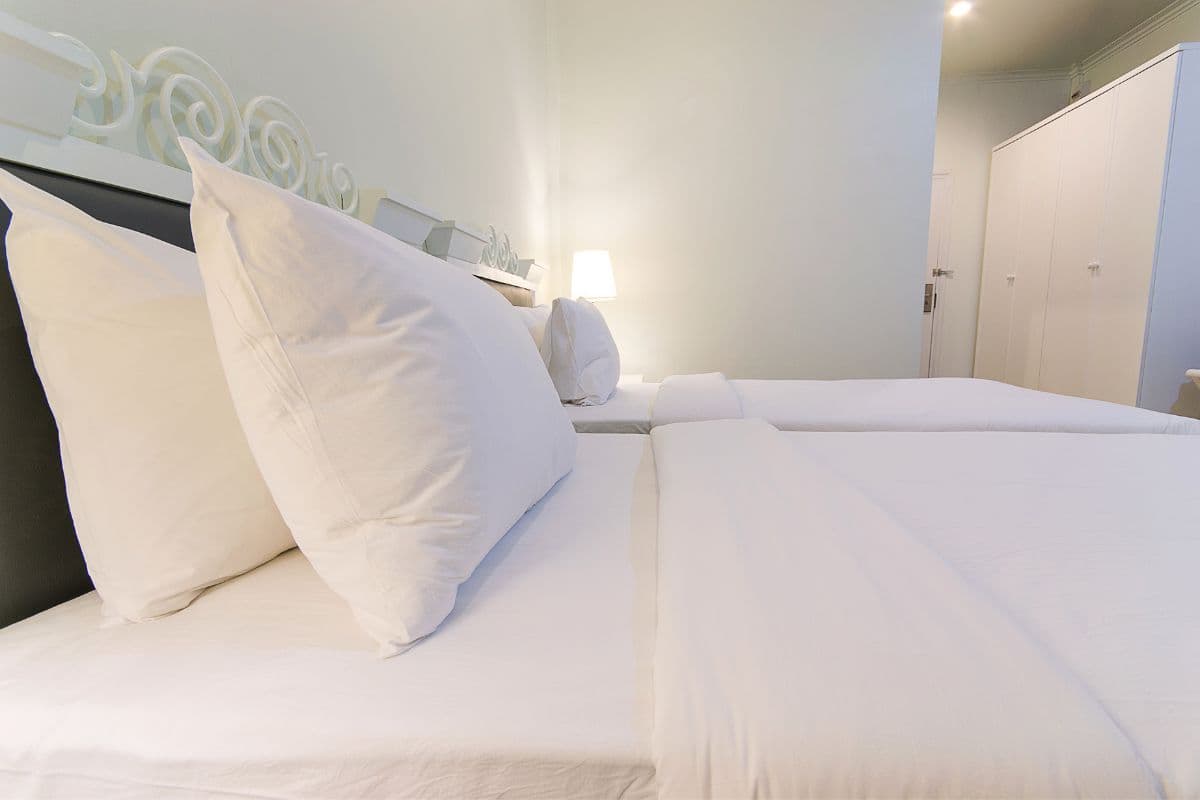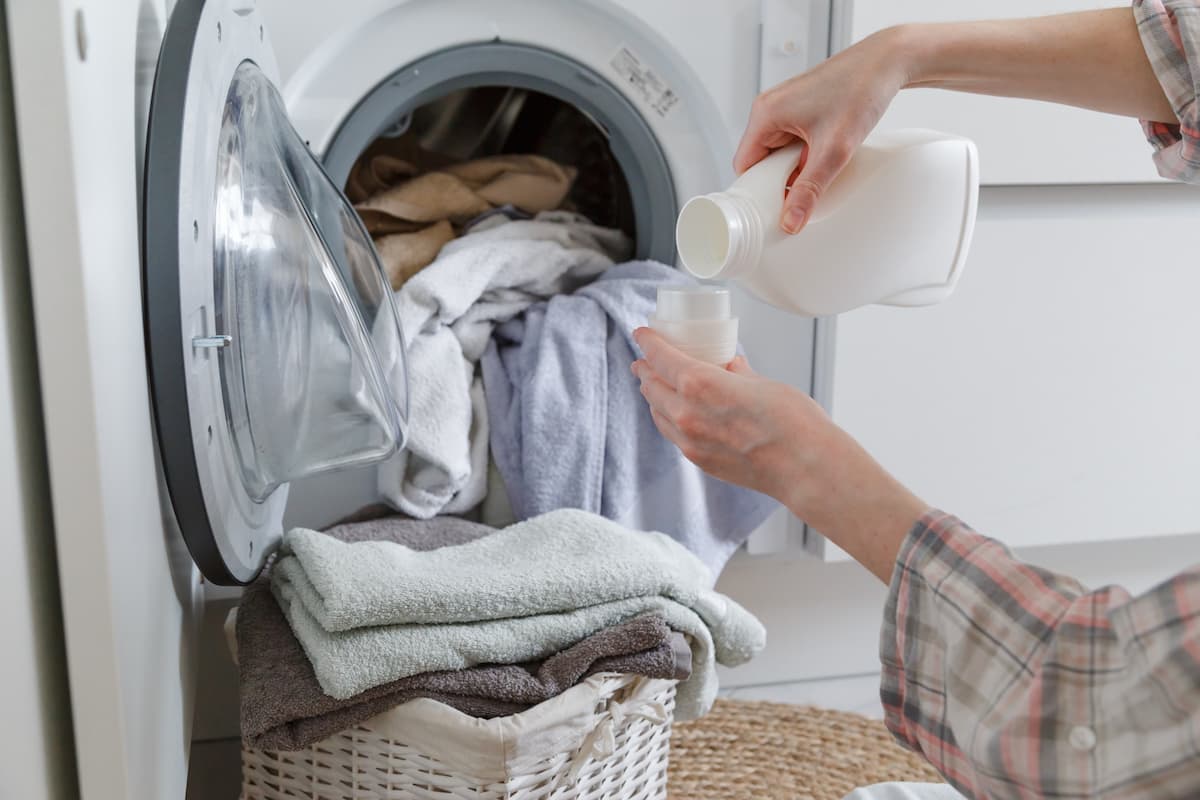Anyone who can appreciate a spotless home knows that cleaning is a combination of science and art. However, some people still consider cleaning to be a menial chore or job. This may have you wondering why cleaning is so expensive.
Cleaning is expensive because of the cost of supplies, tools, and the investment of time in the task to do it properly. Time is required to properly clean certain areas, especially if there’s a lot of dirt buildup. If you’re not using reusable cloths, purchasing new ones can also add to the cost.
Whether you’re doing the cleaning yourself or hiring a cleaner, you might be surprised by the cost. In this article, I’ll share the five main reasons that cleaning is so expensive. Knowing the reasons it is expensive may help you find ways to reduce the cost of cleaning your own home.

5 Reasons Why Cleaning Is So Expensive
Many people consider cleaning a necessary task, relegated to weekends and before guests arrive. However, if done regularly, cleaning can be easily worked into a daily routine for easy upkeep and less pain on weekends.
So why is cleaning so expensive? I’ll share the five reasons why cleaning is so costly below, in no particular order.
1. The Cost of the Right Cleaning Supplies
Cleaning supplies are costly and you may need to buy a lot to adequately clean the various rooms and surfaces in your home. It also often requires more than just one or two cleaning products. The surfaces need different supplies depending on their material, and some types of cleaner can be more expensive than others, like a good wood cleaner, for example.
Additionally, gentle cleaners that are better for the environment tend to cost more than other cleaners containing harsh chemicals. Therefore, if you care about the environment, you’ll probably be paying more for your cleaning products!
Having the right cleaning products makes all the difference. We all know that person who uses bleach to clean everything from their toilets to their ceiling fan. Some bleach is excellent, but only using bleach is simply overkill.
I’m not knocking bleach; it’s an excellent chemical that effectively cleans certain surfaces. You can check out my articles Can You Clean a Toilet With Bleach and Can You Wash Dishes With Bleach to get an in-depth understanding of its applications.
At a minimum, you need a cleaner for each floor type in your home:
- A non-streaking glass cleaner
- A general surface disinfectant
- A cream cleanser for showers and tubs
- A wood cleaner for desktops and cabinets
- Dusting spray
- Electronics cleaner
- Stainless steel and granite countertops cleaner
Additional items may be needed based on your home, but these are the basics.
You also need to invest in good quality, heavy-duty cleaners for your appliances, like oven and dishwasher cleaners.
To make things cheaper, staple cleaning items such as baking soda, vinegar, and dish soap are other good items to keep on hand. Frequently, we have them in our kitchen or for other purposes, but these come in handy when cleaning and are often the most potent combination of cleaning compounds available. This is great since it prevents you from having to spend money on a general cleaner when you can just mix up one of your own!
2. The Cost of the Right Cleaning Tools
In addition to cleaning products, you need the right tools. This includes the following:
- Vacuum
- Broom and dustpan
- Mop
- Cloths
- Bathroom brushes
- Grout brushes
- Blind cleaners
- Fan cleaners
Since there are so many cleaning tools around, you’ll need to have at least some in order to clean efficiently! This is another reason why cleaning can be so expensive – investing in the correct tools is a must.
Pet owners and parents may also want to invest in a hard surface steam mop or a wet and dry vacuum. Both require specialized cleaning solutions, but regular cleaning with these specialty tools can help avoid the need for major deep cleaning later.
Additionally, a sturdy pail with a handle is helpful for toting supplies and mopping. It also provides an efficient way to rinse down larger surfaces after cleaning, such as a shower or a bathtub.
Many people begin cleaning with disposable paper products, thinking it is the most efficient option. However, you can go through a fortune in paper towels cleaning your home, so many quickly switch to rags and cloth towels.
Some surfaces do better with cotton, while others look nicer with a microfiber cloth. And yet some surfaces are just best to do with paper towels if they are filthy. Regardless, there is an up-front investment.
3. The Cost To Clean After You Clean
You might think I have lost my mind by talking about cleaning after cleaning but stick with me here. Paper products aren’t cheap, so many people opt for the more eco-friendly reusable rags, cloths, mop heads, and sponges instead of paper towels for cleaning.
They will save you considerable money long-term, but after you have cleaned your home, you still need to gather up these rags and clothes and do a load of laundry to eliminate germs and get them ready for next time.
Consider that laundry costs money as well. Not only are you using water and power, but you are using detergent and possibly other laundry additives to clean your cleaning tools. They may require a prewash or a soak cycle if they are filthy. You will again use power to run these things through the dryer once they are clean (if you have a dryer).
This is simple compared to cleaning, but it’s still part of what is required to clean. It should not be forgotten or discounted since it is an essential step in the process. Otherwise, you will be spending more on disposable, convenient cleaning items.
4. The Time It Takes To Pretreat an Area Before Cleaning
As the saying goes, time is money. When an area is particularly dingy, it must be pretreated before it can be cleaned. This is often heavily used areas, high-traffic locations, or places that see the most unpleasant germs.
Since pre-treating them may save you quite a bit of elbow grease once it is time to scrub, it’s essential to identify these areas in your home and get them treated first. Generally speaking, anything with stains or spots needs to be pre-treated.
Gunky bathroom sinks, faucets, and handles are another area to pre-treat. Toilets are another area that is best to pre-treat. Finally, anything that needs to be sanitized should be pretreated before a cleaning, followed by a final sanitizing wipe-down.
5. The Time It Takes To Clean
Staying with the theme of time is money, cleaning can take time in general from start to finish. Whether hiring someone to clean your home or doing it yourself, there is some investment because of the time it takes to correctly complete the task.
When properly cleaning for the first time, it’s always best to set aside more time than you think you need because frequently, we underestimate how much time it will take to clean a space. As you refine your tools and technique, you’ll be able to better gauge how much time you need to clean your house, from top to bottom.
Remember to build in time at the end of your cleaning session to gather your tools and rags and get them cleaned up and ready to go for next time. This simple act of rehabbing your tools after use rather than before their subsequent use will save you time to remove gunk and grime and frustration or avoidance of the task.





